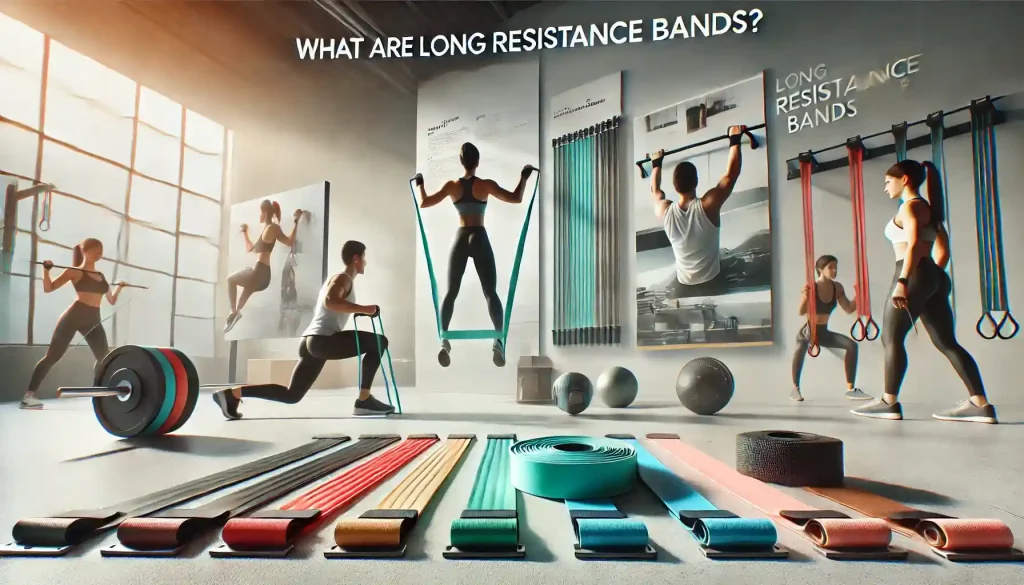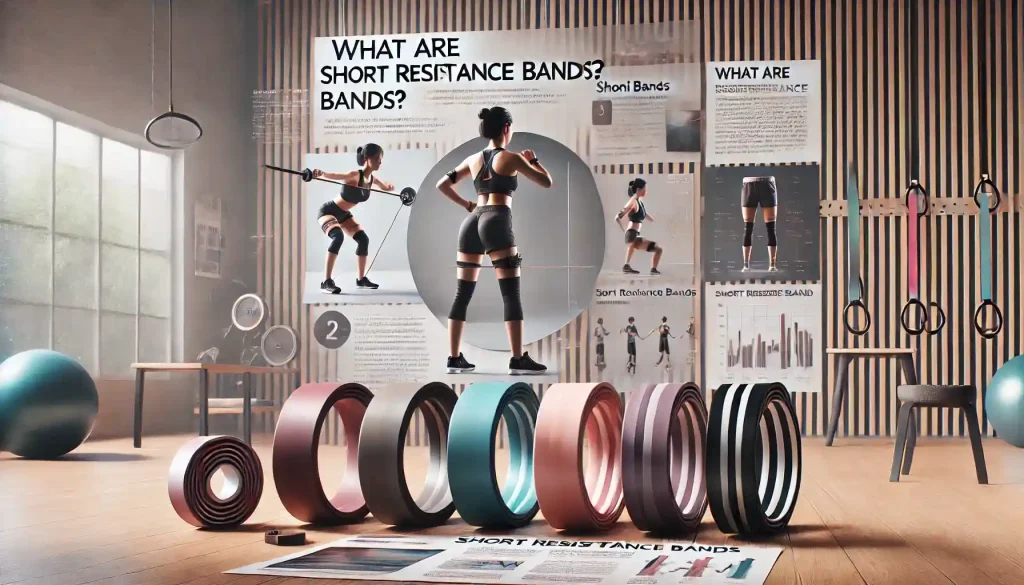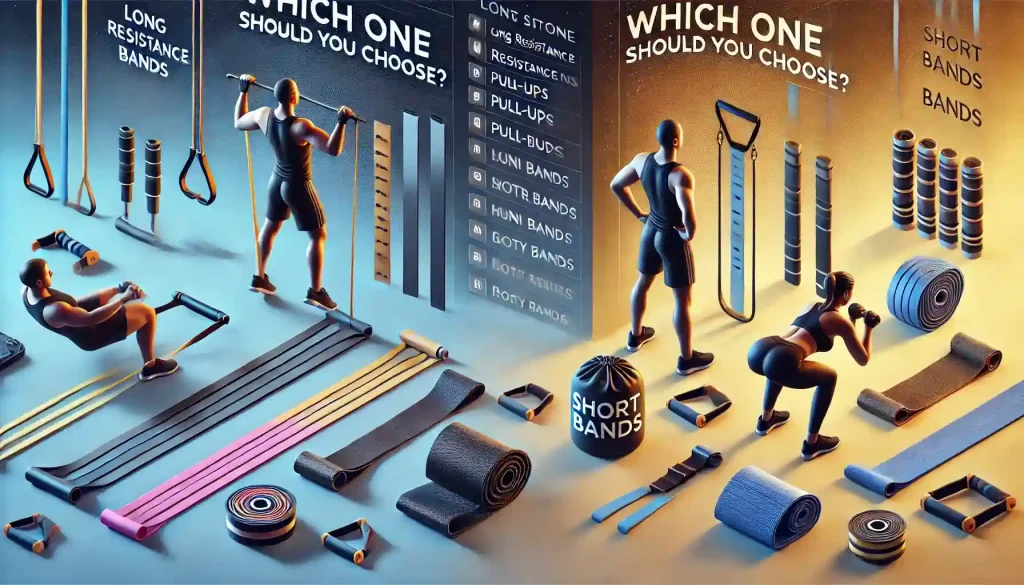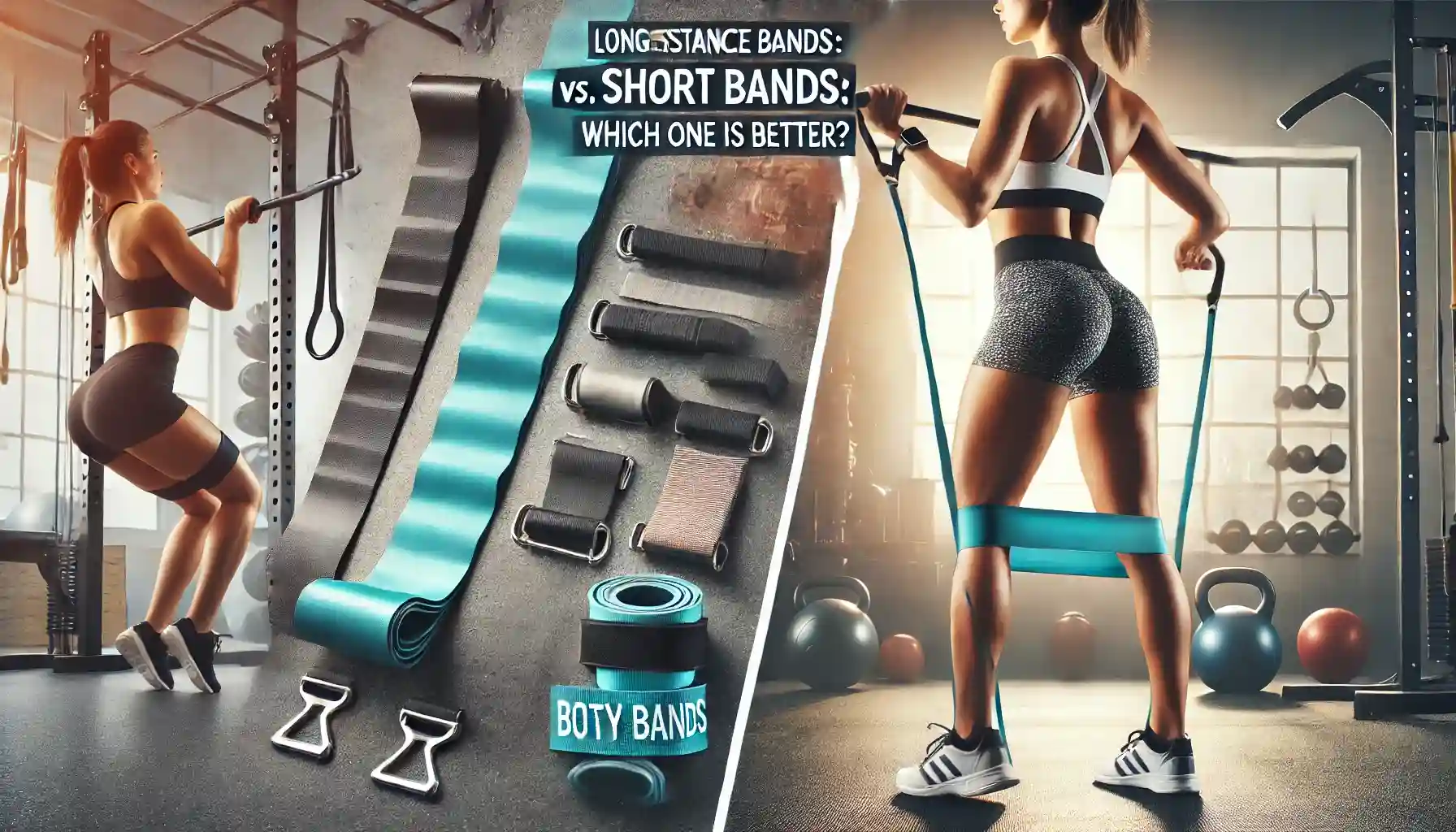Resistance bands have become a must-have for fitness lovers. They’re portable, versatile, and perfect for strength training, flexibility, and even rehabilitation. But if you’re confused between long resistance bands and short resistance bands, you’re not alone!
Each type has its own benefits, and your choice depends on your fitness goals. Let’s dive into the details and see which one suits you best.
What Are Long Resistance Bands?
Long resistance bands, also called power bands or loop bands, are typically 4 to 7 feet long. They are flexible, allowing for a wide range of exercises, and they come in different resistance levels.

These bands are commonly used for:
- Full-body workouts – Engage arms, legs, back, and core.
- Assistance in bodyweight exercises – Helps with pull-ups and dips.
- Stretching and mobility – Great for improving flexibility.
- Strength training – Adds resistance for progressive overload.
Long resistance bands are ideal for those who want to train multiple muscle groups, perform assisted bodyweight movements, or increase mobility.
What Are Short Resistance Bands?
Short resistance bands, often called mini bands or booty bands, are much smaller in length and are mainly designed for targeting specific muscle groups. They are popular for:

- Lower body workouts – Glutes, hips, and thighs.
- Muscle activation – Warms up muscles before heavy lifting.
- Improving stability – Helps with balance and control.
- Rehabilitation and therapy – Ideal for injury recovery.
Since these bands provide resistance over a shorter range of motion, they are best for lower-body isolation exercises like squats, hip thrusts, and lateral walks.
Key Differences Between Long and Short Resistance Bands
Range of Motion – Long bands allow for full-body movements, while short bands focus on smaller, isolated movements.
Best for Different Workouts – Long bands are great for pull-ups, deadlifts, and stretches, while short bands excel at glute and leg exercises.
Resistance Levels – Long bands typically have higher resistance, making them suitable for strength training, while short bands provide moderate resistance, perfect for muscle activation.
Versatility – Long bands can be used for upper and lower body workouts, whereas short bands are mainly for lower body training.
Portability – Both are easy to carry, but short bands are smaller and fit easily in a pocket or small bag.
Which One Should You Choose?

Go for long resistance bands if you:
1. ✔️ Want a versatile option for full-body workouts.
2. ✔️ Need assistance with pull-ups, dips, or stretching.
3. ✔️ Prefer progressive strength training similar to weights.
Pick short resistance bands if you:
1. ✔️ Focus on glutes, hips, and legs.
2. ✔️ Want to activate muscles before heavy lifting.
3. ✔️ Need a compact and travel-friendly workout tool.
Can You Use Both?
Yes! Many people combine both types of bands to get the best of both worlds.
For example, you can:
- Use a long band for pull-ups, squats, or shoulder presses.
- Switch to a short band for glute bridges, lateral walks, or leg raises.
By incorporating both, you can enjoy a well-rounded workout routine that targets multiple muscle groups effectively.
Final Thoughts
Neither band is better or worse—it all depends on your fitness goals.
- If you want a full-body workout, stretching, or assisted exercises, choose long resistance bands.
- If you need to activate muscles, target your glutes, or add resistance to lower-body moves, go for short resistance bands.
- For the best results, use both and diversify your training!
Now that you know the difference, which one will you add to your workout? 💪🔥
ReadMore: Wide Rubber Bands: Uses, Benefits, and Buying Guide





